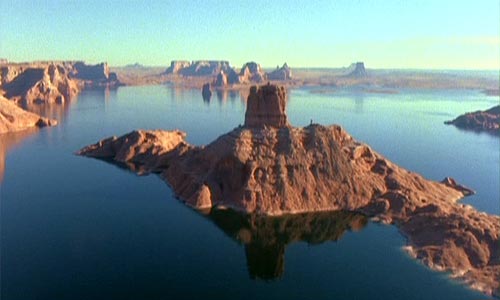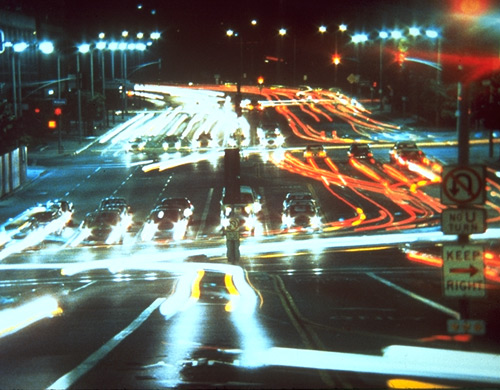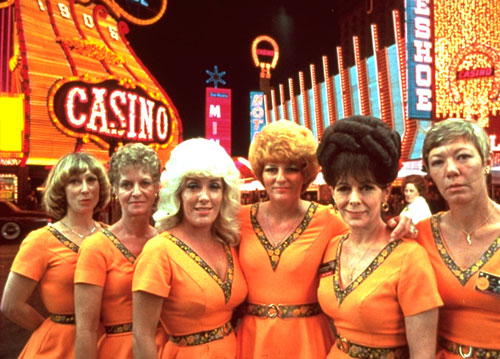I thought the film was interesting. It was very in your face with it’s message and made you feel like you were part of the problem too almost. That being said it was a little abrasive and maybe longer than I cared to watch for, but still had a valuable point to make. I’d probably recommend seeing the film at least once because I think its so powerful that even one viewing would be enough to change the viewers perspective on humanity and nature.
The film made use of all types of media especially musical score and the shots taken. The film wants the user to realize the drastic differences between the natural world and the modern civilizations. It focuses early on large desert landscapes, using a slow ominous score to highlight the grandness and the meandering pace of nature. One contrast that I thought was interesting was the shot that pans across a winding river in a canyon, which would have been formed over millions of years, later compared to the enormous abandoned apartment complex, which is eventually demolished. Shots like these contrast the longevity of nature relative to human creations.
The film is filled with shots like this that are intended to make the watcher question their ‘crazy lives’ and wonder if they are just another cog in the machine. As the film progresses it shows more and more people and eventually peaks at images of apparently frozen or distorted computer images. This shot emphasizes that we may rely too much on our technological advances and again be caught when they too fail.
Koyaansqatsi wants us to reconsider our existence as a society and wonder if we might not simplify a little, back towards our natural past. It is a powerful message, powerfully conveyed through cinematography and music, without words.



